1+1 Marigold pusa navrangi, Tagetes erecta pusa navrangi – Desi Seeds
₹60.00 Original price was: ₹60.00.₹50.00Current price is: ₹50.00.
(MRP Inclusive of all taxes)
- Shipping Rs 100 for entire order
- Dispatch in 8-10 days
- Country of origin: India
Description for Marigold pusa navrangi, Tagetes erecta pusa navrangi
In India marigold is one of the most commonly grown flowers and used extensively on religious and social functions in different forms. Flowers are sold in the market as loose or as garlands. This plant was used in ancient Greek, Roman, Arabic and Indian cultures as a medicinal herb as well as a dye for fabrics, foods and cosmetics. The leaves are edible, with the petals added to dishes as a garnish and in lieu of saffron. They can be easily cultivated, are widely adaptable to varying soils and climatic conditions and have a good flowering duration. This bushy plant with around 20 to 30 species, have a long flowering period and the colours range from orange, yellow, gold, cream to apricot. They are very much used in making garlands. Make excellent beds and pot decorations
Planting and care
Sow them directly into the garden once the soil is warm, or start seeds indoors about a month to 6 weeks before the last spring frost date. Marigolds need lots of sunshine (at least six hours of direct sunlight) and do well with year-round warm to hot weather. Water marigolds the first 10 to 12 days after transplanting bedding plants into the garden. Marigolds thrive in poor soil and fertilizer often creates lush, rich foliage with few blooms.
Caring for Marigold pusa navrangi
- Germination from large, easily handled seeds is rapid, and blooms should appear within a few weeks of sowing.
- When you water marigolds, allow the soil to dry somewhat between watering, then water well, then repeat the process.
- The densely double flower heads of the African marigolds tend to rot in wet weather.
- Do not water marigolds from overhead.
- Water at the base of the plant.
Harvesting
Summer, winter
Typical uses of Marigold pusa navrangi
Special features: Due to its variable height and colour marigold is especially use for decoration and included in landscape plans.
Culinary use: The bright petals of signet marigolds add color and a spicy tang to salads and other summer dishes. The flower petals are sometimes cooked with rice to impart the color (but unfortunately not the flavor) of saffron.
Ornamental use: Use in terrace gardening.
Medicinal use: One of the health benefits of marigolds is that it is used in the treatment of minor burns when used in the form of ointments or a tincture. Health benefits and therapeutic uses of marigold flowers as well as the leaves of the marigold include it being beneficial in minimizing the number of tumors in the case of breast cancer as well as in the prevention of the development of new cancer cells. One of the medicinal uses of marigolds is that it promotes the growth of both new blood vessels as well as new skin tissue and hence it is used in the healing of wounds such as burns, scrapes as well as irritated skin.
Note: Use only after consulting the specialist.
Be the first to review “1+1 Marigold pusa navrangi, Tagetes erecta pusa navrangi – Desi Seeds” Cancel reply
Related products
Flowering Plant Seeds (Imported / Hybrid)
Pot Vegetable Seeds
Flowering Plant Seeds (Imported / Hybrid)
Pot Vegetable Seeds
Pot Vegetable Seeds
Flowering Plant Seeds (Imported / Hybrid)
Pot Vegetable Seeds
Flowering Plant Seeds (Imported / Hybrid)


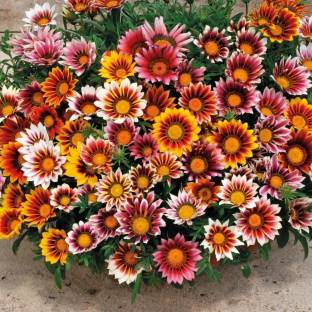


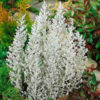
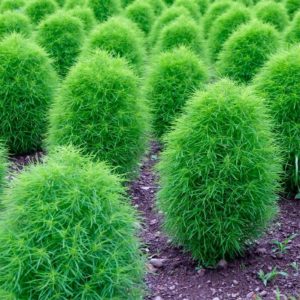
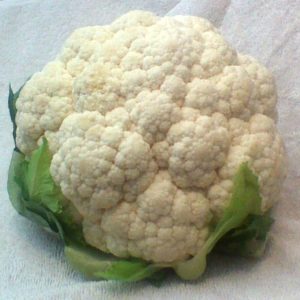



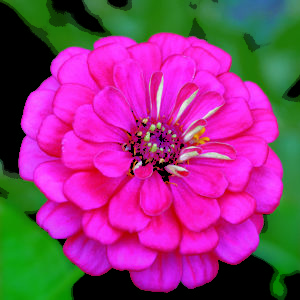
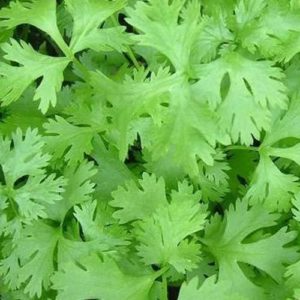
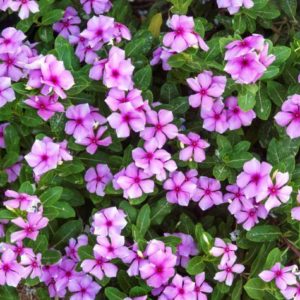
Reviews
There are no reviews yet.